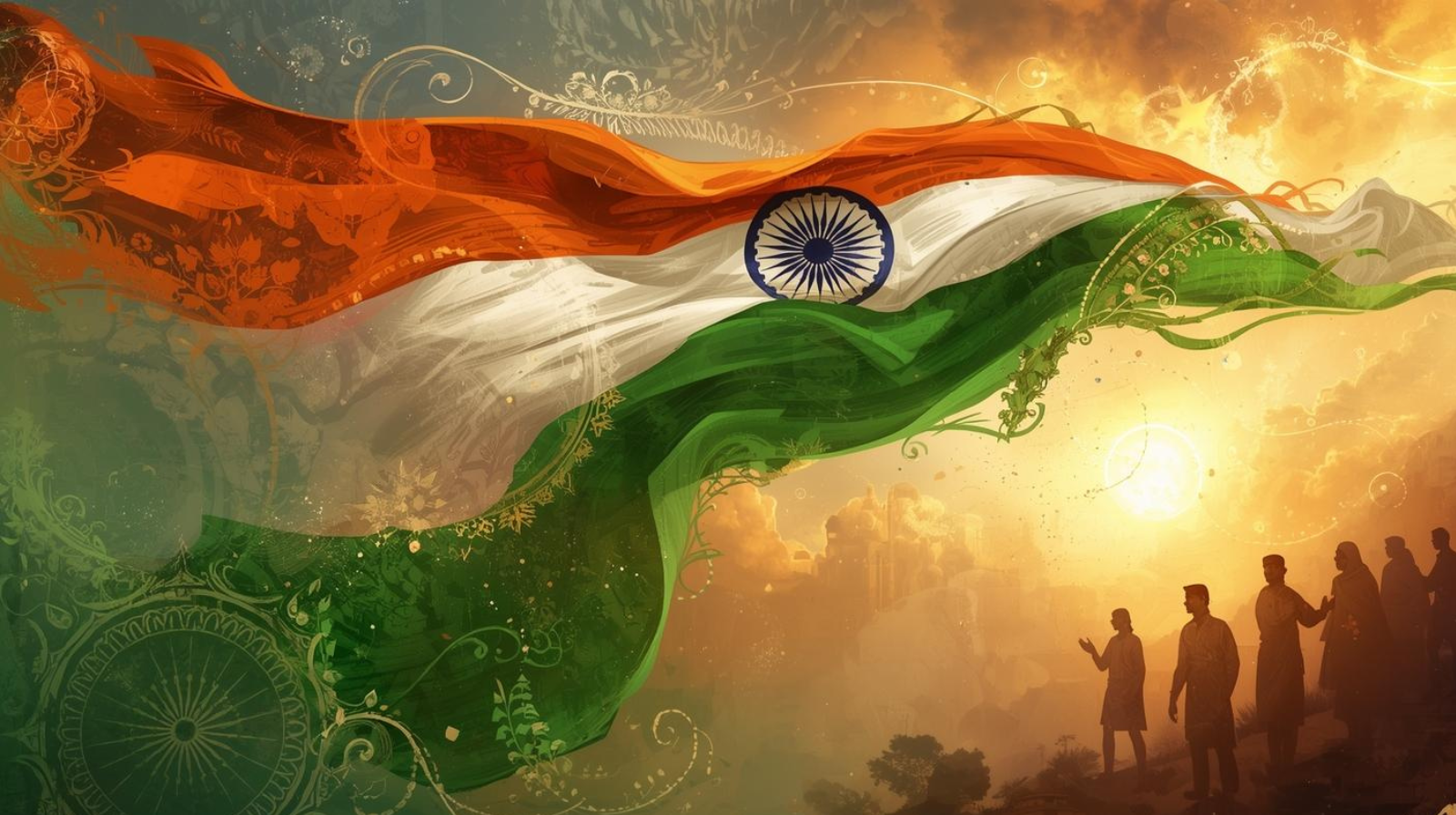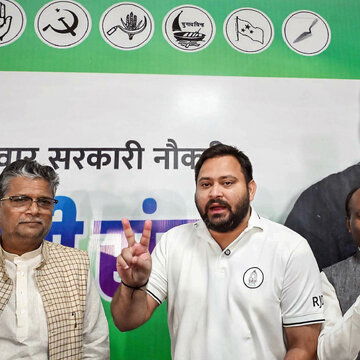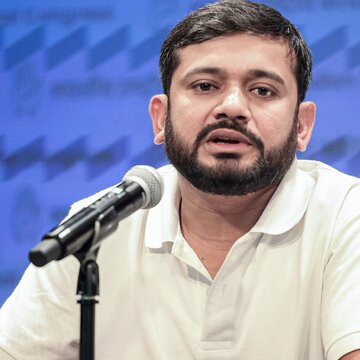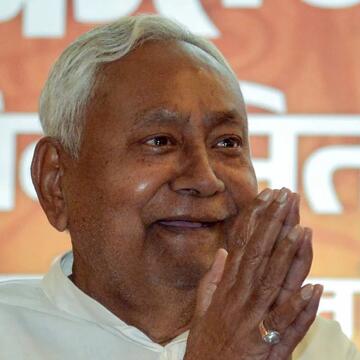This year marks the 150th anniversary of Vande Mataram, India’s national song, which has inspired generations of Indians with patriotic fervour. The song was penned by Bankim Chandra Chatterjee, and it first appeared in a literary journal called Bangadarshan on 7 November 1875.
From literary pages to the pulse of a nation
Literally translating to "Mother, I Bow to Thee," the song was later integrated into Chatterjee's celebrated novel Anandamath, which was published in 1882. Rabindranath Tagore later gave the hymn its soulful melody- he performed it at the 1896 Congress Session in Calcutta, adding a melodious voice to India's growing freedom struggle.
Also Read | Historic launch: ISRO’s LVM3-M5 injects the heaviest satellite CMS-03 into orbit
The cry that moved the streets
The song transcended literature and became a symbol of political resistance on 7 August 1905, when it began to be used as a rallying cry during the anti-partition movement in Bengal. In October 1905, the Bande Mataram Sampradaya was formed in North Calcutta to promote devotion to the motherland. Members held weekly Prabhat Pheris, singing the song through city streets and gathering voluntary contributions for national causes, with Tagore occasionally joining these processions.
Its influence spread even to the English daily of the same name, Bande Mataram, which emerged in August 1906 with Bipin Chandra Pal at its helm, later Sri Aurobindo as joint editor. In no time, this newspaper became a potent instrument for awakening political consciousness throughout India, preaching unity, self-reliance, and national pride.
When the empire feared a song
Fearing its increasing influence, the British administration tried to ban the song. In November 1905, students in Rangpur were fined for singing Vande Mataram; anti-partition leaders were also asked to look out for public recitals of the song. For the next few years, several incidents, including arrests and police action in Belgaum in 1908, demonstrated the song's position as an act of defiance.
Also Read | DRDO inks 12 technology-transfer deals with industry partners under “Make in India” push
Official recognition
The Constituent Assembly formally recognised the importance of Vande Mataram when India gained independence. On 24 January 1950, Dr Rajendra Prasad announced that Vande Mataram would be honoured for its immense historical and cultural importance as India's National Song-equal in status to the National Anthem, Jana Gana Mana-as an abiding tribute to the motherland.











